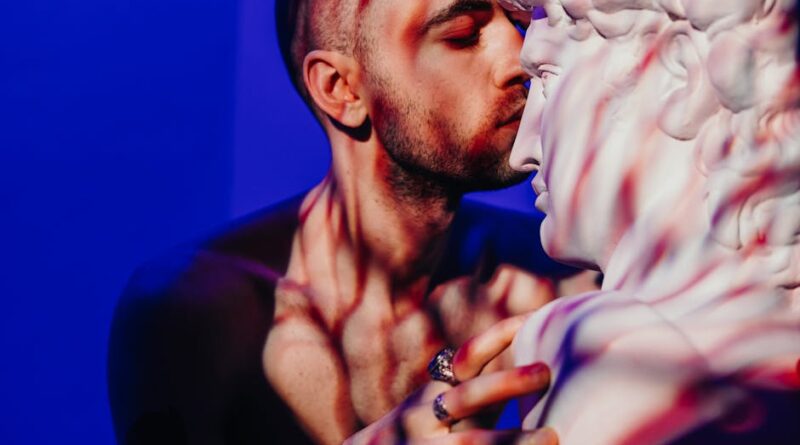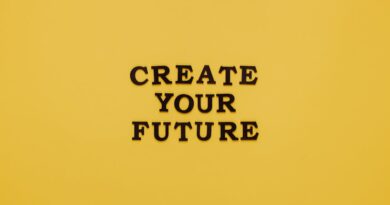Embracing Vulnerability in Your Art
Art has a magical way of connecting us. When an artist shares a piece of themselves, it resonates deeply with others. But how do you embrace vulnerability in your art? This question lies at the heart of creating meaningful work. Lets explore how being open and honest can transform your creative process.
Why is Vulnerability Important in Art?
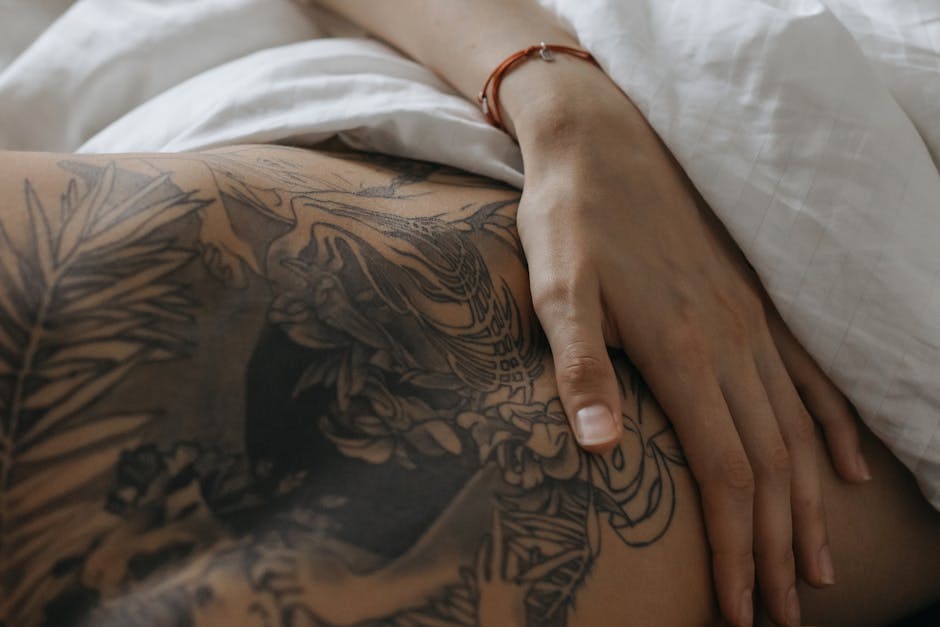
Vulnerability in art brings authenticity. It allows you to express your true self, not just the polished version. When you share your struggles, fears, and joys, you invite others into your world.
Research shows that art that evokes emotion can have a lasting impact. According to a study by the University of Cambridge, emotional art can strengthen social connections. This means that when you open up, you create bonds with your audience.
How Can You Start Embracing Vulnerability?

Starting can be daunting. Here are some simple steps to help you embrace vulnerability in your art:
- Know Your Story: Reflect on your life experiences. What moments shaped you? Use these as inspiration.
- Show, don’t Just Tell: Use visuals to express feelings. Paint images that tell a story without words.
- Experiment with Different Mediums: Try writing, painting, or even sculpture. Each medium brings out different emotions.
- Share Your Process: Let people see your journey. Share rough drafts or prototypes on social media.
What Are Some Common Misconceptions About Vulnerability?
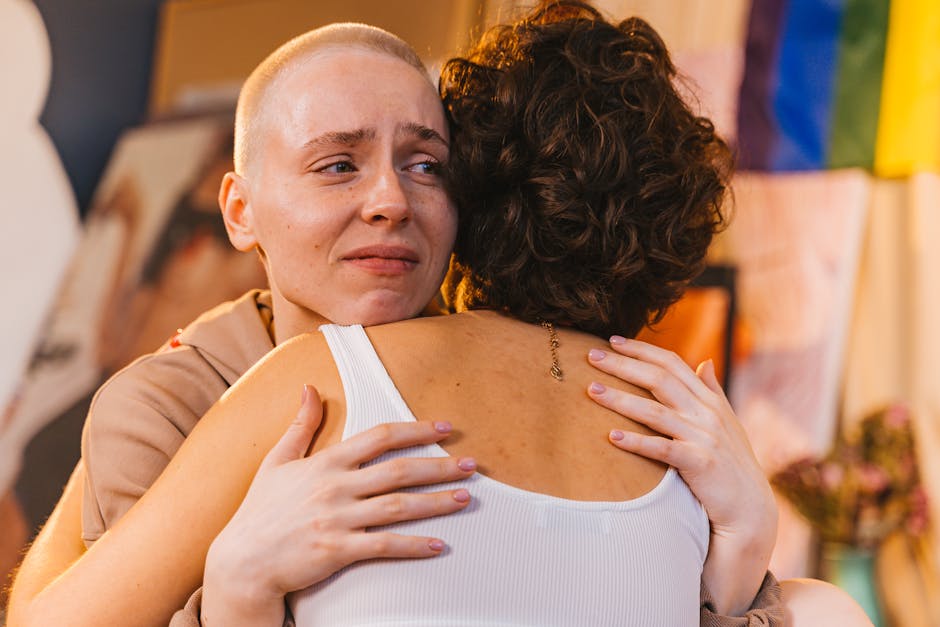
Many artists fear that vulnerability will weaken their work. This is a misconception. Here are a few myths debunked:
- Myth 1: Vulnerability is a sign of weakness. Truth: It takes strength to share your true self.
- Myth 2: Only certain topics are worthy of art. Truth: Every experience, big or small, can inspire.
- Myth 3: Art must be perfect. Truth: Imperfections often make art relatable and real.
By recognizing these myths, you can free yourself to create authentically.
How Does Vulnerability Enhance Creativity?
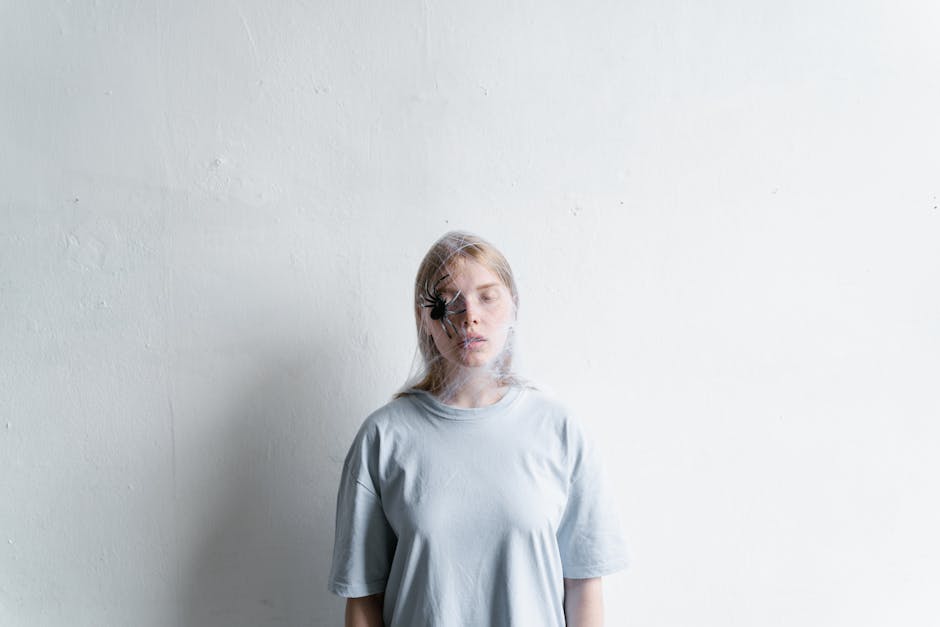
When you embrace vulnerability, you open new doors in your creative process. Heres how:
- Increased Innovation: Being vulnerable allows for more creative risks. You might try something you never considered before.
- Greater Emotional Depth: Your work reflects genuine feelings, making it more relatable.
- Enhanced Connection: Vulnerability fosters deeper connections with your audience. They feel seen and understood.
For example, consider artist Frida Kahlo. Her self-portraits often depicted her pain and struggles. This honesty made her work timeless and powerful. People relate to her story, and it inspires countless others.
What Are Practical Ways to Incorporate Vulnerability?
Now that you understand it’s importance, how can you apply vulnerability to your art? Here are practical ways:
- Write a Personal Artist Statement: Share your journey and what drives you as an artist. Let your audience into your world.
- Create a Series: Focus on a theme that resonates with you. This could be about loss, love, or personal growth.
- Engage with Your Audience: Ask for feedback on your work. This interaction can unveil different perspectives.
- Host Workshops: Share your process with others. Teaching can reinforce your own understanding of vulnerability.
How Can You Overcome the Fear of Judgment?
The fear of judgment often holds artists back. Heres how to tackle it:
- Focus on Your Purpose: Remember why you create art in the first place. Keep that passion at the forefront.
- Embrace Criticism as Growth: Understand that feedback is a tool for improvement, not a personal attack.
- Surround Yourself with Supportive People: Find a community that encourages vulnerability and honest expression.
Ultimately, every artist faces judgment. it’s part of the journey. Learning to rise above it can empower your creativity.
What Are Some Examples of Vulnerable Art?
Vulnerable art comes in many forms. Here are a few examples:
- Literature: Memoirs often share personal stories, revealing the authors inner thoughts. Think of works like The Glass Castle by Jeannette Walls.
- Visual Art: Artists like Vincent van Gogh used self-portraits to express their mental struggles.
- Music: Songs like Hallelujah by Leonard Cohen explore love and loss, resonating deeply with listeners.
These examples show that vulnerability can be a powerful tool in any artistic medium.
How Can You Sustain Vulnerability Over Time?
Staying vulnerable isn’t always easy. Here are some tips to keep the spirit alive in your artistic journey:
- Maintain a Regular Practice: Create consistently. The more you create, the more comfortable you will become with vulnerability.
- Reflect on Your Work: Take time to think about what youve created. What emotions did you explore, and how can you go deeper?
- Seek Inspiration: Surround yourself with art that resonates with you. It can spark new ideas and push you to express more.
Remember, vulnerability is not a one-time act. it’s a continuous journey that can shape your work and enrich your life.
What Are the Takeaways?
Embracing vulnerability in your art can transform your creative process. Here are the key points to remember:
- Vulnerability fosters authenticity and connection.
- It opens up new avenues for creativity and emotional depth.
- Overcoming the fear of judgment is vital for growth.
- There are many forms of vulnerable art to inspire your journey.
- Staying vulnerable requires ongoing practice and reflection.
As you move forward in your artistic journey, remember that your story matters. Embrace vulnerability, share your truth, and watch your art come alive.
For more on how to unlock creativity, check out this insightful article on facing creative fears.
In the end, vulnerability is not just a part of art; it is art itself. It invites us to connect, to feel, and to understand one another.
